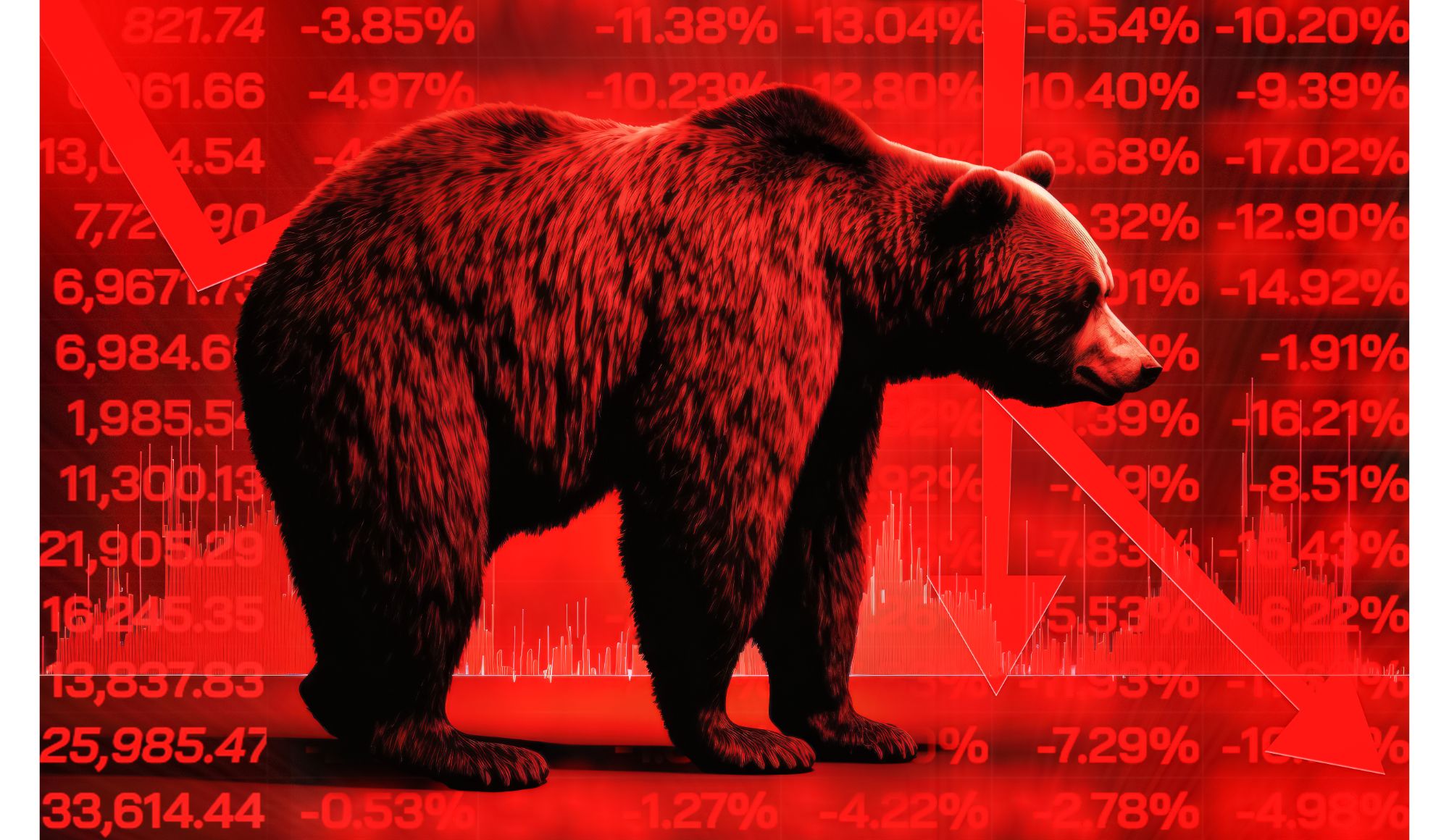Spotlight: Market Crash Incoming?
Some stock market indicators are better than others but have you heard of one being perfect for over a century? If the cyclically adjusted price-to-earnings ratio, better known as CAPE, is to be believed, then the markets could be set for a rocky road this year.
Unlike traditional PE ratios, the CAPE figure factors in inflation and smooths the peaks and troughs of unforeseen or surprising events – think health scares from a couple of years ago as a prime example.
Historically, the past 150 years of data suggests that the median CAPE figure is around 17x but now that number has soared above 30x. So what does it mean?
Key Points
- Over the past 150 years, one key indicator has warned of market corrections and has eclipsed a key threshold again.
- The range of corrections in the market following the trigger has been anywhere from 20% to 89%.
- If history is a guide, the market is likely to run into rocky waters at some stage during the next 12 months, and likely sooner.
What Does a High CAPE Figure Mean?
Sadly, the news for investors is not good when looking back in time at readings north of 30. Take for example the 1929 Great Depression, which was preceded by a Shiller PE of 30 prior to a market crash of 89%.
Or the dot com peak of 44 before the market tumbled by 50% from its highs and many more individual names crashed by much higher amounts.
Then there’s the Q4 2018 flash crash that eclipsed 20% and was preceded by a Shiller PE reading of 30.
But wait, there’s more.
Prior to the COVID crash, the Shiller PE also hit 30 and was followed by the stock market plunging to the tune of 34%.
Indeed the 2022 bear market correction of 20% was also preceded by the Shiller ramping up to over 40.
So where does the Shiller PE sit now? Drumroll, 33.
How Should You Invest?
Clearly, the rare occurrences when the CAPE figure soared above 30 were historically bearish indicators for the market. But even at times when it rose to 30 and beyond, it managed to climb even higher at times to above 40, highlighting how difficult it is to time the market.
With that said, the Shiller PE has been an accurate gauge historically to warn of even lower reward potential and ever higher risk potential on the horizon.
Depending on where you sit on the risk spectrum, the investment approach may differ. A 20-year old can probably ride the waves of a correction to higher highs long-term while a retiree may want to consider a move from equities to fixed income, whether that’s bonds or CDs or savings accounts, or even more stable dividend-paying stocks.
Regardless of your investment horizon, long-term or near-term, history would indicate that the bull run is long in the tooth and due for a correction in the near to medium term. The only question is whether you will be positioned for it?



